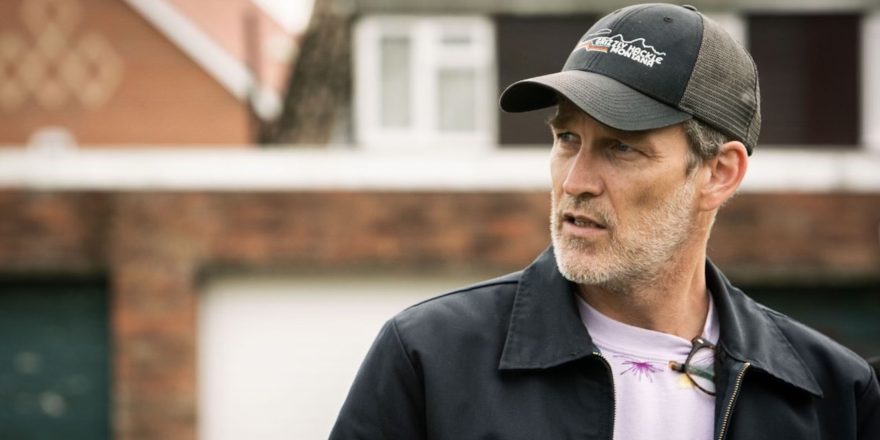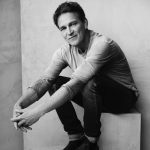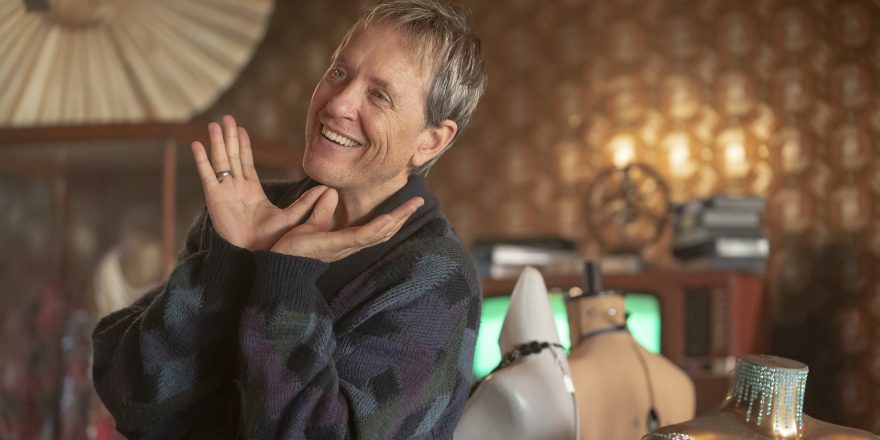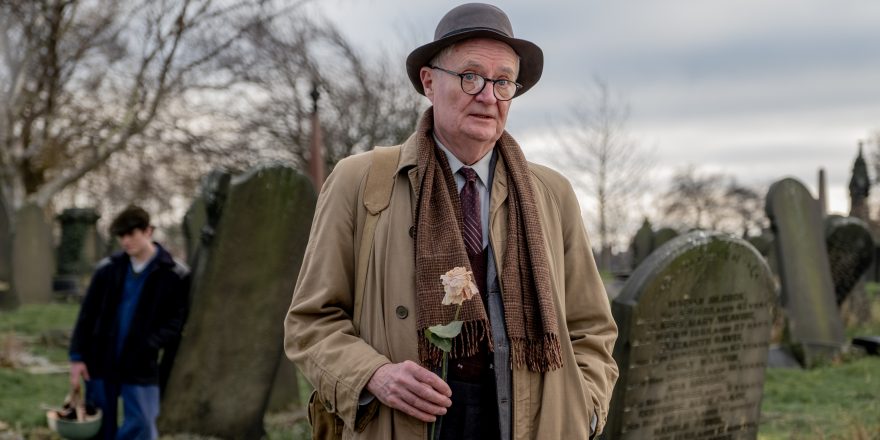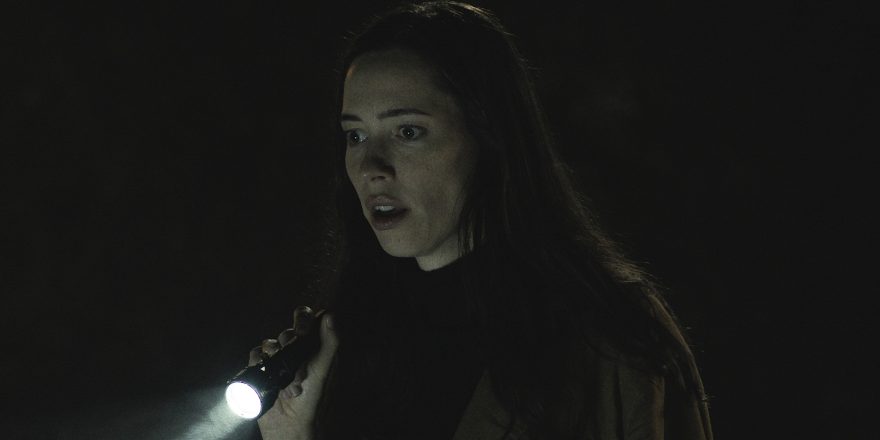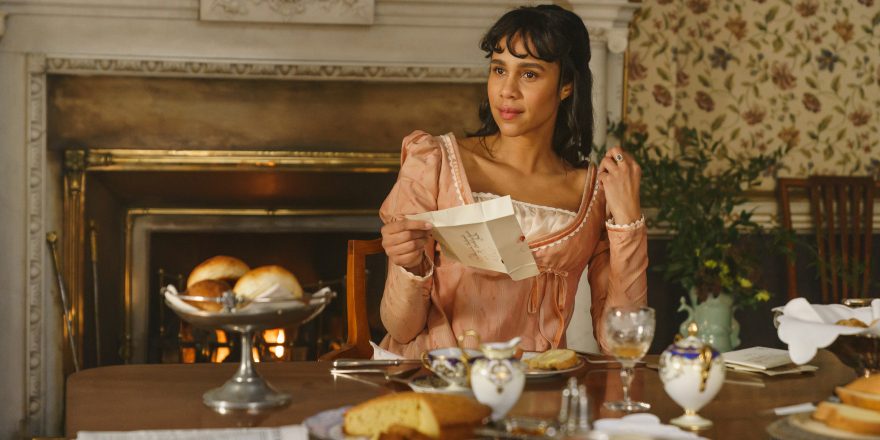Three Great Things is Talkhouse’s series in which artists tell us about three things they absolutely love. To mark the current release of the new drama A Bit of Light, starring Anna Paquin and Ray Winstone and directed by Stephen Moyer, actor-turned-director Moyer (who found global fame playing opposite his now-wife Paquin in HBO’s True Blood) shared some of the things that are most essential to him every day. — N.D.
Pickleball
When my oldest son, Billy, who’s 24, was visiting me in New York last summer, he came back from a walk near where we live and said, “There’s people outside playing this bat-and-ball game, using a ball with holes. It’s like a kind of a cross between table tennis and tennis. It looks really fun!” I told him, “Dude, that’s pickleball. That’s a no-no. We can’t be those people!” But Billy told me, “Dad, I’m only here for a couple more days and I want to play with you – let’s go!”
So Billy and I started playing pickleball and in the process, I suddenly became part of this classic New York community, bringing together every class, creed, color and character: retirees, students, dog walkers, actors and creatives – essentially all the people who have a flexible schedule. They could be quite a spiky bunch back then, I think because so many people had started playing all of a sudden, and there were rival factions. There were only so many courts, and people were screaming at each other here and there, “I’m not playing with them, because they don’t play properly,” and somebody else saying, “She’s a bitch!” I sat in the middle of these two warring groups, thinking, “This should be a documentary. Oh my God, I wish I could be filming this right now!” I loved the drama of it almost as much as I enjoyed playing..
When I was young, I played a lot of table tennis, and I was a pretty decent tennis player. Pickleball is like tennis tennis and ping-pong had a baby – it combines groundstrokes from tennis with the volleys that are used in ping-pong, so it’s basically a perfect mashup of my misspent youth. It’s now become part of my daily life, and I honestly love it. When the writers went on strike and then the actors too, I was helping out with the kids after school, but during the day, I was picketing and pickling. I became a pickle person!
My wife Anna always says to me, “I can’t believe you take something with ‘pickle’ in its name so seriously. It’s just too funny to me, especially as you love pickles so much!” And honestly it is absurd. All the people I play regularly with are saved in my contacts as their name, followed by “the Pickle”: Marni the Pickle, Eve the Pickle, Rick the Pickle, Elana the Pickle and Russell the Pickle. We have a Pickle People group, and there’s lots of rival groups, but the Pickle People are the best. 😉
My Daily Chutney Snack
One of my favorite things is, around 4:30 in the afternoon, basically tea time in England, is to put on a plate, salami, two different kinds of cheese, hummus, crackers, and something savory, like a gherkin, which is a pickle in English. And then there has to be a chutney, so there’s something sweet to go with the sour. Chutney, in my language, is a sugary pickled preserve that the Spanish make with quince and the French do with figs. But in England, we make it with vegetables that have been boiled down with sugar, and it’s delicious.
In my twenties I lived on a houseboat in Little Venice, in London. I had a shelf in my kitchen filled with jars of chutney. When Anna first met me in 2007 and she came to my little house, she found a jar of hot banana chutney there that was from 1996. I am an expiration-date denier (that should be on my Wikipedia page!), so I refuse to throw anything out. Especially if it’s a preserve, because then it’s been sugared within an inch of its fucking life, it’s got shit-tons of salt in it, it’s in vinegar, and as we know, honey was found in Tutankhamun’s tomb, and it was absolutely fine! So this shit does not go off! As a point of principle, I kept that jar from 1996 in our little London place until about four or five years ago. I would scrape the mold off of the top of it and eat what was underneath, just to prove that it was totally safe to eat. My wife thinks I am disgusting.
There’s probably 20 jars on my shelves here in New York, but I cannot describe to you how important it is that at some point in my day, I have crackers, some cheese and some chutney and a bit of hummus or something savory. I usually have a strong cheddar, a Dolcelatte (which is blue but sweet), and something like a Robusto or an aged Dutch. I will put it all on my plate and I will eat it in a leisurely fashion, with a cup of tea and it’s become a ritual that my kids have joined me for too. They like the smorgasbord element of it, that it’s picking flavors and putting them together.
Keith Jarrett’s Jazz Piano
It can’t be overstated how important jazz piano – and specifically Keith Jarrett – is to me, as it always plays a massive part in my day. When I was at the Royal Shakespeare Company, I discovered Jarrett when a dear friend of mine played The Köln Concert and said to me, “As somebody who plays jazz piano, this is going to change your life.”
My style of jazz piano is very old-fashioned. I stopped taking classical piano lessons when I was about six or seven, but when I was 17 or 18 I realized I wanted to play jazz, so we found this wonderful teacher called Claude Hodgson, a Second World War jazz pianist who had studied under Ralph Sharon, Tony Bennett’s accompanist. Claude was my surrogate granddad and he taught me to play a very rudimentary version of jazz piano, where my left hand was always plonking out chords and my right hand could play melodically, because he taught me the arpeggios within the chord structures. When I heard Jarrett for the first time, I remember calling Claude and saying, “We haven’t done Jarrett …” He said, “I knew you were going to find Jarrett by yourself.”
Jarrett played with Miles Davis in the late ’60s and early ’70s, at the same time as Chick Corea. and then went solo. There’s a massive breadth of work with his trio, which is seen as fundamentally the gold standard of trios. There’s very rarely a day where I won’t at some point be walking my dog Dave or be by myself and have his music in my ears. There’s a piece called “A Multitude of Angels,” the first 10 minutes of which I play all the time, and when I have a moment to sit in the music, it’s extraordinarily essential for me. My daily dose of jazz piano has developed into a curated list of my favorite tracks, featuring all of the great solo jazz piano players, like Art Tatum, McCoy Tyner, Bill Evans and Bud Powell. But at the center of it is Jarrett.
With The Köln Concert in 1975, Jarrett famously sat down in front of a piano on a concert hall stage, with a full house watching him, not knowing what he was going to play when his fingers hit the keys, and this incredible evening of improvisation happened. At times, his totally improvised concerts – of which this is the most famous – can be incredibly discordant, and not lyrical at all. But sometimes you have to live through the dark to get to the light. I really love his lyricism and his runs, and specifically his insane right hand. (He also has an insane left hand, by the way.) and that flight of beauty and melodic structure that he takes me on when he’s at his best is just sublime.
I’ve always wondered what Jarrett was able to create alone in his rehearsal room in order to be able to go in front of 10,000 people and not make a mistake. How amazing and disciplined must you be able to create that freedom in a fixed environment, in order to be then be able to walk on stage and have the confidence to do it in front of an enormous crowd? That essence of creativity is something I can’t even begin to comprehend.



